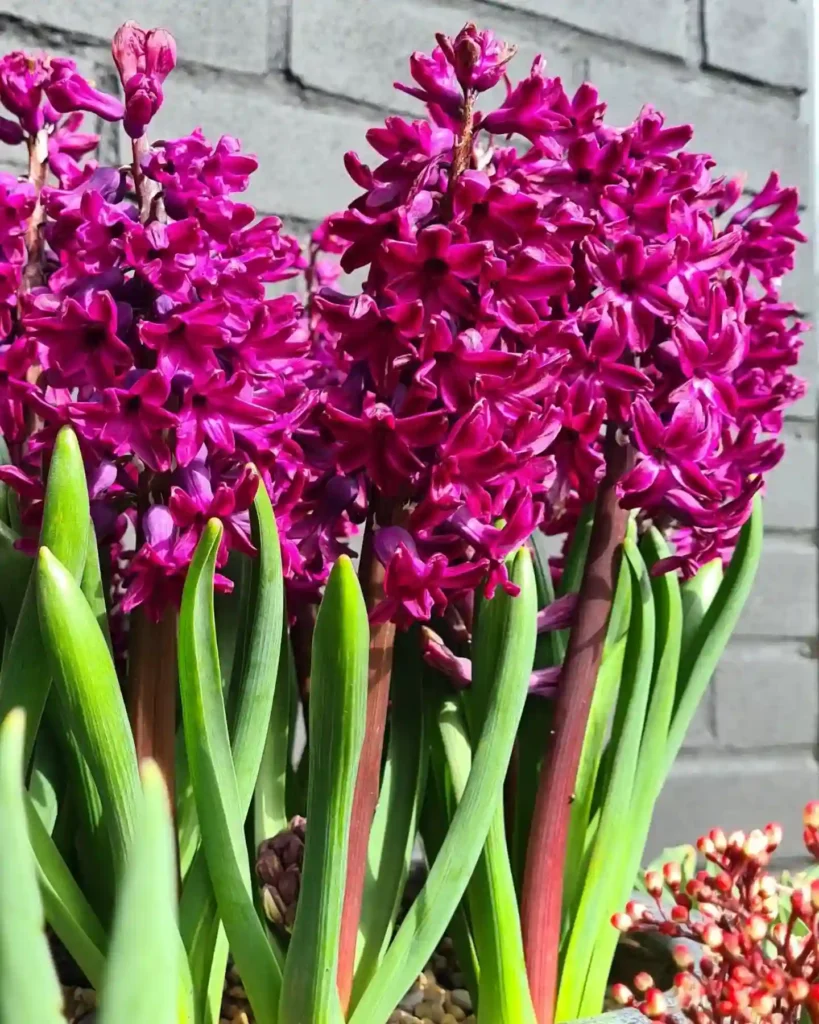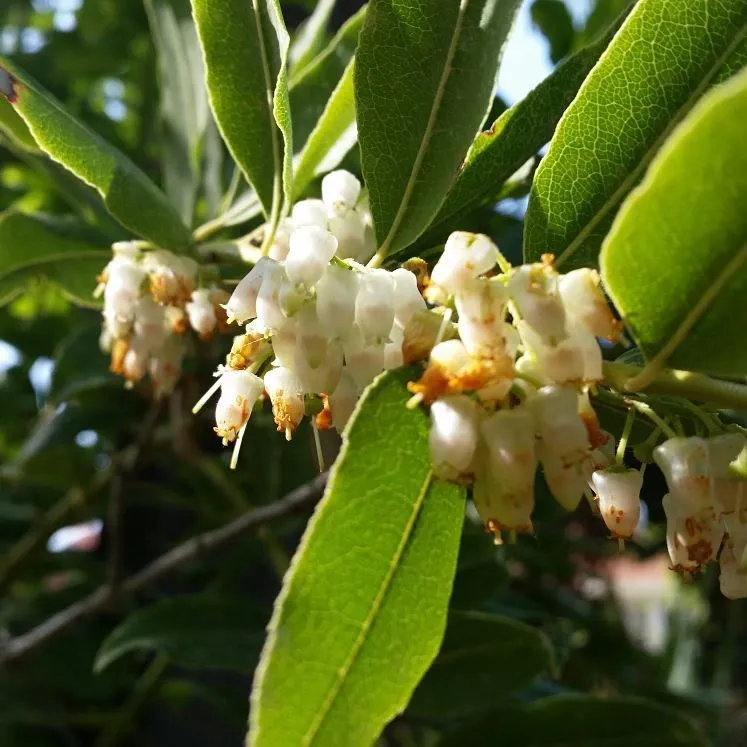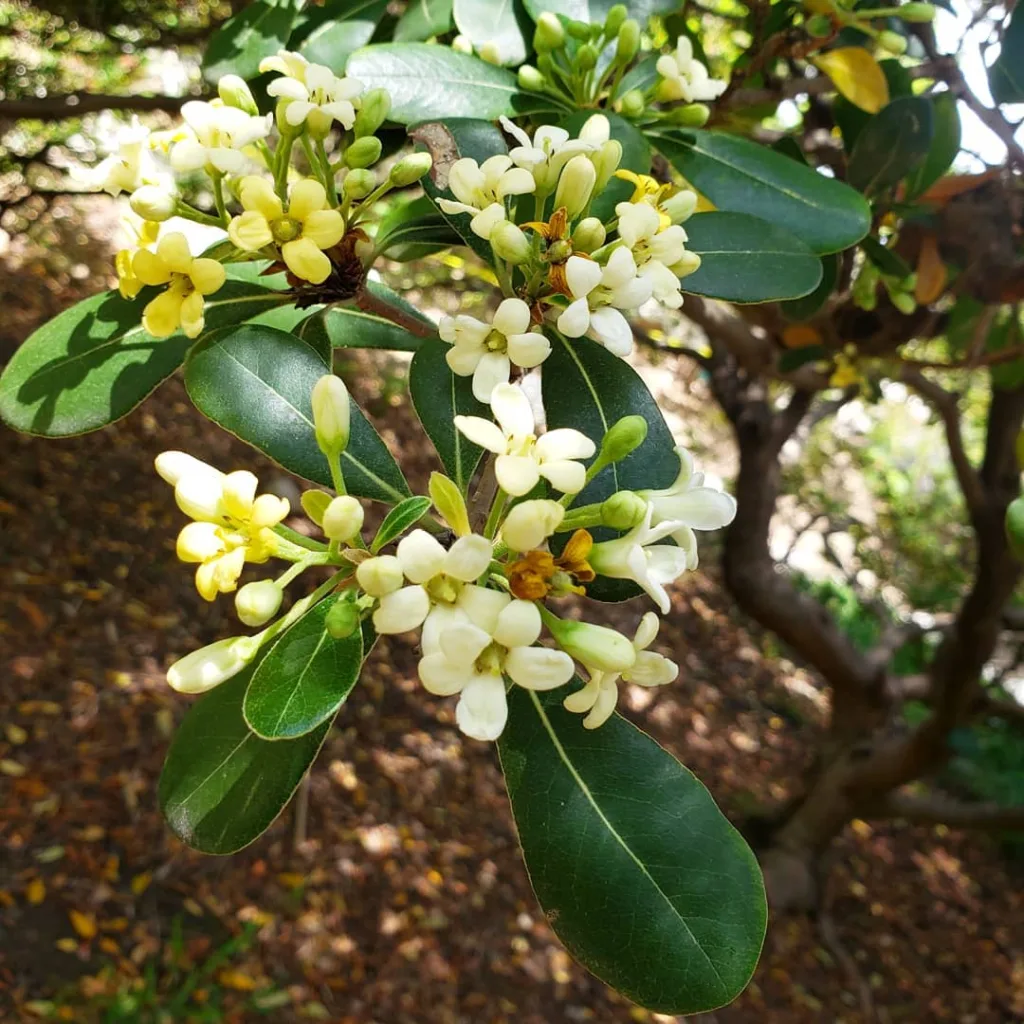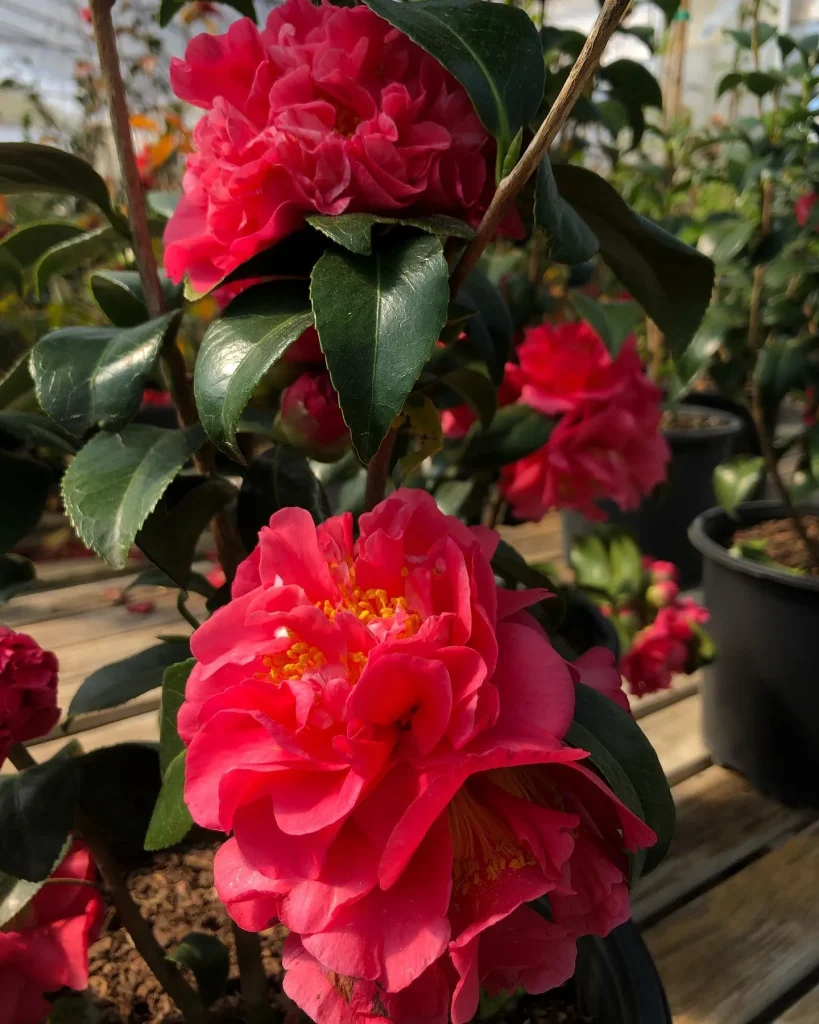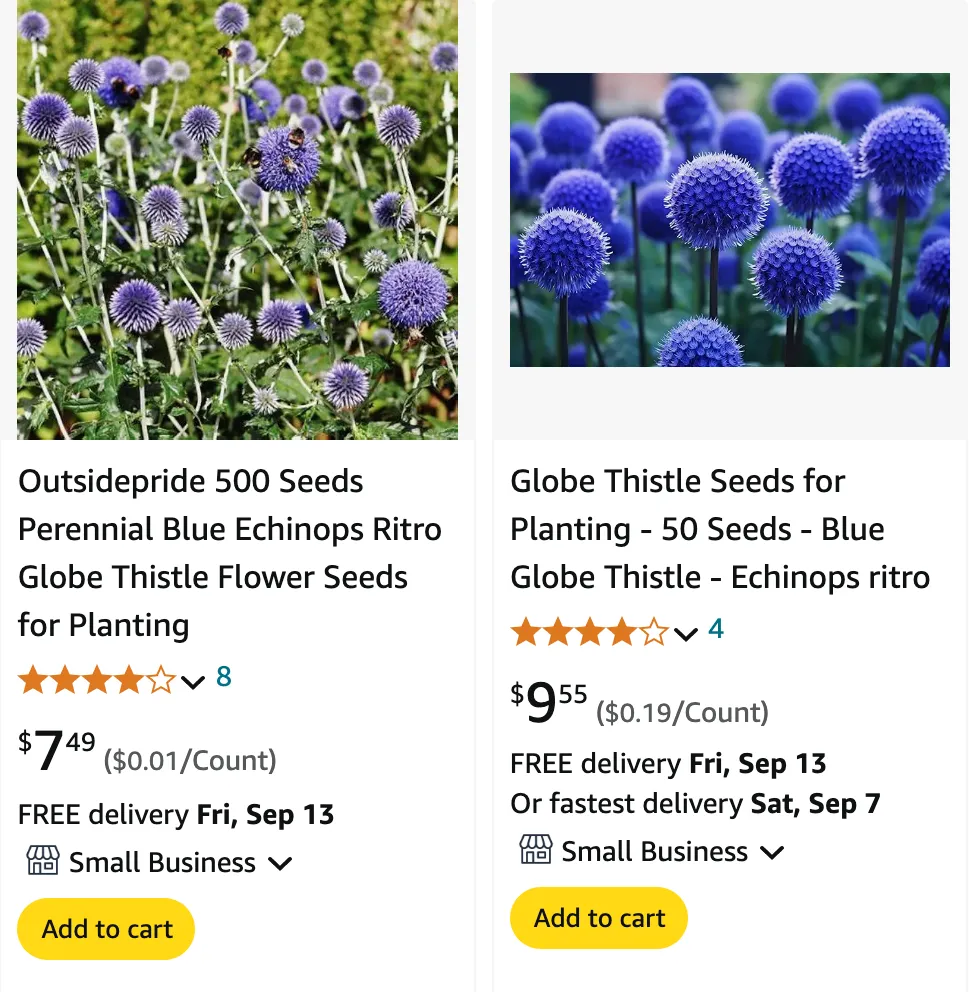
FAQs About Echinops Ritro
As a garden enthusiast, I’ve had my share of experiences with various plants, and Echinops Ritro, commonly known as Globe Thistle, has become a favorite. This unique perennial stands out for its striking globe-shaped flowers and silvery foliage. If you’re considering adding Echinops Ritro to your garden, you might have some common questions. Here’s a comprehensive guide based on my personal experiences and observations.
220 Species in Genus Echinops
What Is Echinops Ritro?
Echinops Ritro is a perennial plant renowned for its striking blue or purple spherical flowers that resemble thistles. These blooms are not only visually stunning but also attract pollinators like bees and butterflies. The plant typically reaches a height of about 3 to 4 feet and has a bushy growth habit. Its silver-green, spiky foliage adds texture and interest to garden beds.
How to Grow Echinops Ritro?
Growing Echinops Ritro is relatively straightforward if you provide the right conditions. Here are the essential steps based on my experience:
- Soil: Echinops Ritro prefers well-drained soil. It’s quite tolerant of poor soil conditions but thrives best in loamy or sandy soils. Ensure the soil has good drainage to prevent root rot.
- Light: Full sun is ideal for Echinops Ritro. It needs at least 6 to 8 hours of direct sunlight each day to grow strong and produce abundant blooms.
- Watering: Once established, Echinops Ritro is drought-tolerant. However, regular watering during the first growing season helps the plant establish a strong root system. Be cautious not to overwater, as the plant prefers drier conditions.
- Fertilization: I’ve found that Echinops Ritro doesn’t require heavy feeding. A light application of a balanced fertilizer in early spring is usually sufficient.
How to Plant Echinops Ritro?
Planting Echinops Ritro involves a few simple steps:
- Timing: The best time to plant Echinops Ritro is in the spring, after the last frost. This allows the plant to establish itself before the heat of summer arrives.
- Location: Choose a spot that receives full sun. Prepare the soil by loosening it and incorporating some organic matter to improve drainage.
- Planting: Space the plants about 18 to 24 inches apart to allow for their spreading growth. Dig a hole that’s twice as wide as the root ball and place the plant in the hole, ensuring the top of the root ball is level with the soil surface.
- Watering: Water the newly planted Echinops Ritro thoroughly to help settle the soil around the roots. Keep the soil moist until the plant is established.
When to Transplant Echinops Ritro?
Transplanting Echinops Ritro is best done in early spring or late summer. Avoid transplanting during the peak of summer or winter when the plant is dormant. When moving a mature plant, dig a wide root ball and replant it in a prepared location with similar soil and sunlight conditions.
Echinops Ritro vs Bannaticus
When comparing Echinops Ritro with Echinops Bannaticus, there are a few key differences:
- Appearance: Echinops Ritro features spherical blue or purple flowers with a more compact growth habit, whereas Echinops Bannaticus tends to have larger, more elongated flower heads and a taller growth form.
- Hardiness: Both plants are hardy perennials, but Echinops Ritro is generally more tolerant of drought conditions compared to Echinops Bannaticus.
- Growth: Echinops Ritro typically grows to about 3 to 4 feet in height, while Echinops Bannaticus can reach up to 5 feet. This makes Ritro a better option for smaller garden spaces.
How to Care for Echinops Ritro?
Caring for Echinops Ritro is relatively easy. Regularly deadhead spent flowers to encourage more blooms and prevent self-seeding. In late fall, cut back the stems to about 6 inches above the ground. This helps the plant conserve energy for the next growing season.
How to Propagate Echinops Ritro?
Echinops Ritro can be propagated from seed or by dividing established plants. To propagate from seed, sow them in seed trays in early spring. Keep the soil moist and maintain a temperature of around 70°F. Once seedlings are large enough to handle, transplant them into their final growing positions.
For division, dig up an established plant in early spring or late summer, divide the root ball into smaller sections, and replant them immediately.
What to Plant With Echinops Ritro?
Echinops Ritro pairs well with a variety of other garden plants. It complements other perennials like Rudbeckia, Sedum, and Echinacea, which share similar sun and soil requirements. The contrast of Echinops Ritro’s spiky blooms with the more rounded flowers of these plants creates a visually appealing garden display.
Can You Grow Echinops Ritro Indoors?
While Echinops Ritro is primarily an outdoor plant, you might be able to grow it indoors in a large container with ample sunlight. However, it generally performs best in outdoor garden settings where it can receive full sun and adequate space.
Is Echinops Ritro Toxic?
Echinops Ritro is not considered toxic to humans or pets. However, as with any plant, it’s wise to avoid ingestion and keep it out of reach of curious pets.
Benefits of Echinops Ritro
In addition to its visual appeal, Echinops Ritro attracts pollinators like bees and butterflies, making it a great addition to a pollinator-friendly garden. Its drought tolerance also makes it a low-maintenance choice for gardeners looking to conserve water.
Common Problems with Echinops Ritro
While Echinops Ritro is generally hardy, it can be prone to a few issues:
- Pests: Watch for aphids and spider mites, which can occasionally infest the plant. Regular inspections and appropriate treatments can help manage these pests.
- Disease: Root rot can occur in poorly drained soils. Ensure good soil drainage to prevent this issue.
Echinops Ritro is a fantastic addition to any garden, offering both beauty and functionality. By following these guidelines, you can enjoy its vibrant blooms and distinctive form for years to come.
If i die, water my plants!
